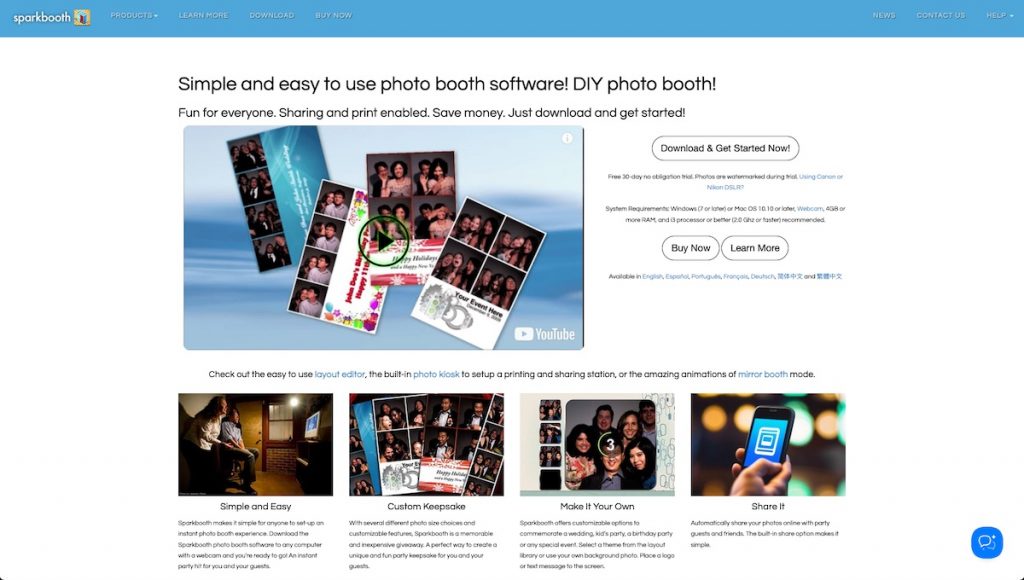In recent years, money management has changed drastically. Stock markets, mutual funds and other investment options are now more widely available. Many people are seeking a single solution that combines regular banking with investing.
This integration is exactly what a 3-in-1 Account provides. It is important to understand what this account entails, how it works and the key factors to consider before starting the account opening process. Once you have this clarity, you can assess whether this account structure aligns with your financial objectives.
What Is a 3 in 1 Account?
A 3 in 1 Account allows you to manage your banking and investments from a single platform. Funds can be easily transferred between the accounts, making it simple to buy and sell stocks or other securities directly from your savings. It integrates three services under one umbrella. They are as follows.
- Savings Account: Used for regular deposits, withdrawals and daily transactions.
- Trading Account: A platform to buy and sell shares, bonds, or other securities.
- Demat Account: An electronic storage system where purchased securities are held safely.
Instead of opening three separately with different institutions, they are linked in one. This ensures money flows smoothly from banking to trading and back, reducing effort for the account holder.
How Does It Work in Practice?
The working model is simple but efficient:
- You hold money in your savings account.
- When you want to invest, funds are directly moved to the trading account.
- Once a purchase is made, the securities are stored in the demat account.
- When you sell, the money returns to the savings account.
This cycle removes the need for multiple logins, manual transfers, or delays in settlement. It is beneficial for individuals who actively invest in equities or mutual funds.
Advantages of a 3 in 1 Account
The account is designed to provide convenience. Some of the most notable benefits are mentioned below.
- Seamless transfers: Funds move instantly between linked accounts.
- Enhanced security: Demat accounts ensure securities remain safe in electronic form.
- Encourages investment discipline: With banking and investing linked, regular contributions become easier.
- Instant Payout: Receive funds in your account within minutes of selling shares, no need to wait for settlement days.
- Expert Insights: Get stock recommendations with suggested buy price, target and stop-loss from professional advisors.
- Buy Now, Pay Later: Access funds to invest immediately, even if your account balance is low.
- Low Brokerage: Benefit from competitive brokerage rates, starting as low as 0.07%, to maximise your savings.
These features make the structure attractive, especially for those who want to manage all financial activities in one place.
Steps to Open the Account
Opening a 3 in 1 Account follows a structured process. Typically, the steps include:
For new to bank customers:
- Start by verifying your mobile number, PAN and Aadhaar.
- Provide personal and financial details, including your address and occupation.
- Add nominee details to your account for added safety.
- Select trading preferences and a brokerage option that suits your investment style.
- Complete a short Video KYC session to confirm your identity.
- Digitally sign and submit the form using your Aadhaar-linked OTP.
For existing customers:
- Validate number & email ID
- Complete DigiLocker verification
- Choose your brokerage plan and trading preferences
- Add nominee details
- Complete live photo verification
- eSign the application
Once approved, the account becomes active, linking banking, trading and demat services seamlessly, making the bank account opening process more convenient for investors.
Documentation and Compliance
To meet regulatory requirements, certain documents must be submitted. They are mentioned below.
- PAN card: Mandatory for all trading and demat services.
- Aadhaar card, passport, or voter ID: Proof of identity and address.
- Aadhaar-linked mobile number: Required for OTP-based verification.
- Valid email: Necessary for receiving account updates and trade confirmations.
- Photographs: Passport-sized photographs for records.
These documents ensure transparency and compliance, protecting both the investor and the institution.
Things to Consider Before Applying
Before choosing this account, evaluate a few important points:
- Usage frequency: The account works ideally for regular investors. If you trade rarely, charges may not justify the benefits.
- Digital platform quality: The ease of use and reliability of the Net Banking or mobile app are critical. Major banks, such as ICICI Bank, offer digital verification and a live photo feature to streamline the process.
- Customer service: Quick assistance is important when handling queries or resolving transaction issues.
- Charges and values: Go through the fee schedule carefully and calculate the impact based on your trading habits.
- Security features: Ensure the provider offers strong digital security and account safety protocols.
Taking these factors into account will help you decide if the product matches your financial plans.
Is It the Right Choice for You?
A 3 in 1 Account is most suitable for:
- First-time investors: Those who need a simplified, integrated structure.
- Regular traders: People who actively participate in the markets.
- Professionals: Individuals who value convenience and want to see all finances in one place.
For occasional investors, the charges may outweigh the advantages. It is important to align the account choice with your level of activity.
Conclusion
Opening a 3 in 1 account involves more than just connecting three services. It’s about establishing a system that combines investing and banking. Professionals and active investors can benefit from its integration, security and ease of use. However, prior to applying, a thorough examination of the charges, supporting documentation and level of service is necessary. You can focus on creating long-term goals more effectively and simplify your finances with this account type if you evaluate it properly.


